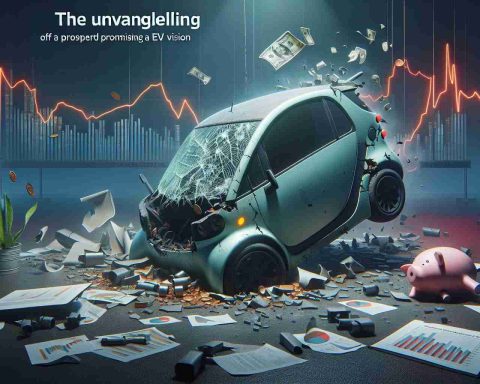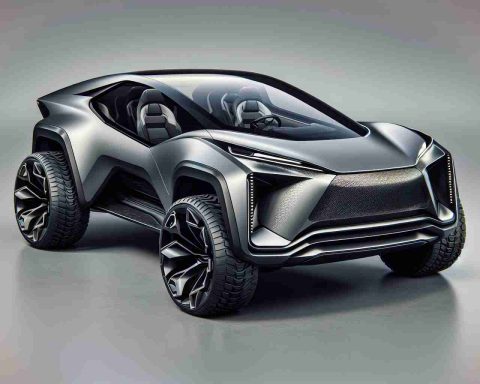Recent challenges faced by electric school buses in Maine have raised eyebrows. Several school districts are currently grappling with issues regarding their Lion Electric buses. This Canadian manufacturer, while emerging in the school transport sector, has faced scrutiny, leading to misconceptions about the reliability of electric buses as a whole.
It’s essential to understand that Lion Electric is just one of many players in the market. The issues experienced with Lion buses don’t reflect on all electric school buses. Prominent American manufacturers such as Blue Bird, IC Bus, and Thomas Built Buses also offer electric models, incorporating years of experience in the industry.
Blue Bird, established in 1927, has a long-standing legacy, introducing its first electric school bus in 1994. Meanwhile, IC Bus, which began life in 1936, has a storied history, and Thomas Built, initially creating electric streetcars in 1916, began manufacturing school buses in 1936.
These manufacturers are deeply trusted across Maine’s various communities, ensuring safe and reliable transport for our children. Across towns from Kittery to Fort Kent, these buses have proven their worth over time, with mechanics familiar with their systems and parts readily available.
The crucial discussion for school districts moving forward should center on which electric bus to choose, rather than whether to make the switch to electric. Electric school buses have a bright future, and the focus should be on selecting the right model from the reputable manufacturers available.
Electric School Buses: Overcoming Hurdles and Choosing the Right Model
As electric school buses gain traction in the U.S., recent challenges faced by specific manufacturers have sparked a dialogue about their overall viability and reliability. While some school districts in Maine have encountered operational issues with their Lion Electric buses, it’s critical to recognize that these problems do not reflect the performance of electric school buses as a whole.
Understanding the Electric Bus Market
Lion Electric is not the sole competitor in the electric school bus landscape. A number of other manufacturers including Blue Bird, IC Bus, and Thomas Built Buses have made significant strides in creating effective and reliable electric models. Each of these companies brings decades of experience and innovation to the table.
For instance, Blue Bird, founded in 1927, introduced its first electric school bus back in 1994, marking its commitment to sustainable transport solutions. IC Bus, with roots dating back to 1936, leverages a long history of bus manufacturing while Thomas Built Buses, which ventured into electric buses after establishing itself in 1916, has continued innovating in electric school transport since 2016.
Features of Electric School Buses
Electric buses are equipped with modern features that enhance safety and environmental sustainability:
– Zero Emissions: Help in reducing air pollution in school zones.
– Low Operating Costs: Electric buses tend to have lower maintenance and fuel costs compared to traditional diesel buses.
– Quiet Operation: Minimizes noise pollution, making them more suitable for use in residential areas and near schools.
Pros and Cons of Electric School Buses
Pros:
– Reduced environmental impact due to zero emissions.
– Lower running costs due to savings on fuel and maintenance.
– Improved safety features and quieter operation.
Cons:
– Initial purchase price may be higher compared to conventional buses.
– Limited range which could affect long bus routes or rural districts.
– Dependence on charging infrastructure, which may not be uniformly developed.
Choosing the Right Electric Bus Model
As schools and districts contemplate the transition to electric buses, the emphasis should be on selecting a model that best meets their needs. Considerations include:
– Route Requirements: Assessing the distance and terrain of routes to ensure the bus can accommodate them.
– Availability of Charging Stations: Evaluating the infrastructure to support charging needs.
– Manufacturer Support: Opting for manufacturers with established service networks and proven reliability.
Market Trends and Future Predictions
The demand for electric school buses is expected to grow. Regulatory pressure and societal shifts towards greener solutions are pushing districts to invest in electric transport. Innovations in battery technology and increased availability of charging infrastructure will further enhance adoption rates.
Conclusion
While specific challenges with Lion Electric buses have contributed to some skepticism, the broader electric school bus market remains strong, with numerous reputable manufacturers leading the way. As districts weigh their options, the focus should pivot from whether to implement electric buses to selecting the appropriate and reliable models that will fulfill their transport needs effectively.
For more information on sustainable transport solutions, visit CALSTART.












